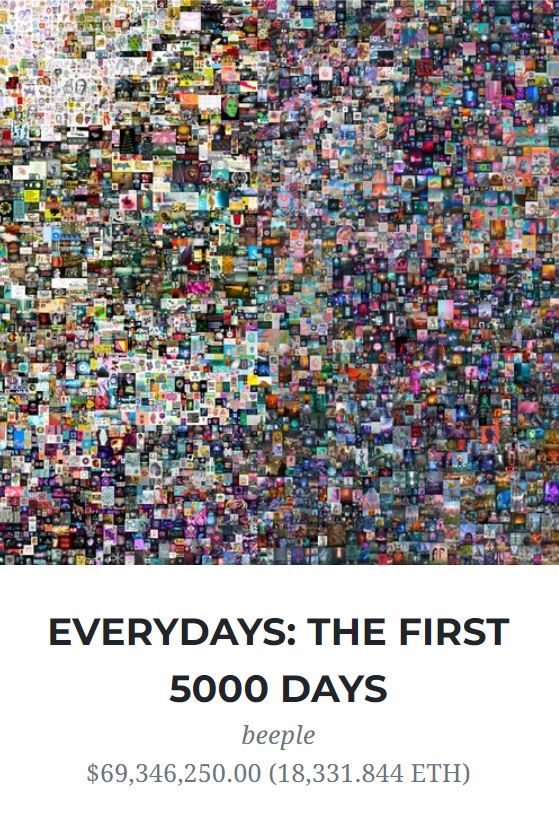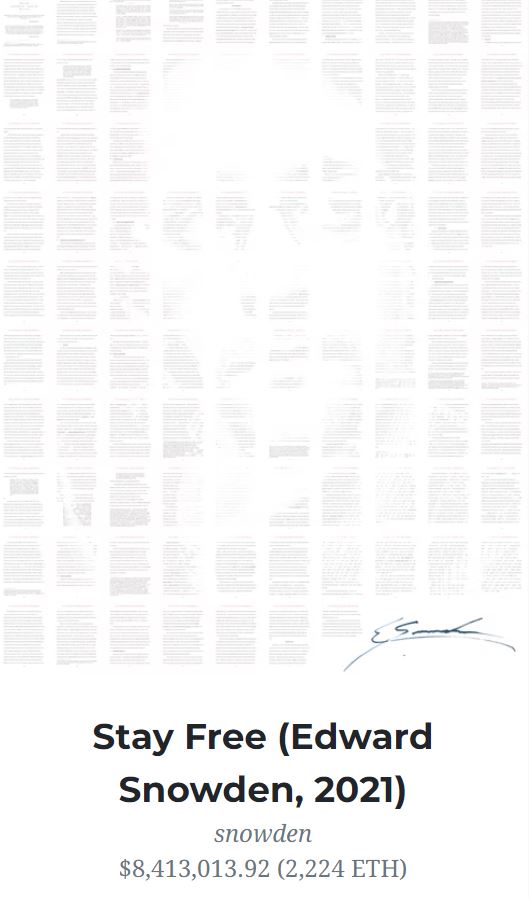Artists have found a new way to exhibit and sell their works by transcending art into the digital world, thus becoming crypto-artists.
On 11 March, the crypto-art ‘Everyday: 5,000 days’ by artist Mike Winkelmann, also known as Beeple, sold for USD 69 million at Christie’s, the world’s largest auction house.
The monumental digital collage marked a significant first in the art industry: Christie’s became the first auction house to offer a purely digital work with an NFT (non-fungible token). Moreover, the work broke a record as the digital piece sold for a great price. In addition, Beeple became the third most expensive living artist with the most expensive work.
Table of Contents
What is Crypto-Art and how does it work?
Digital art dates back to the 1960s, but the introduction of non-fungible tokens (NFT) allows virtual objects (a photo, song, animation or video) to be associated with a certificate of authenticity. This uses blockchain technology, which prevents it from being replicated. It has thus enabled collectors and artists to verify the rightful owner and authenticity of digital artworks.
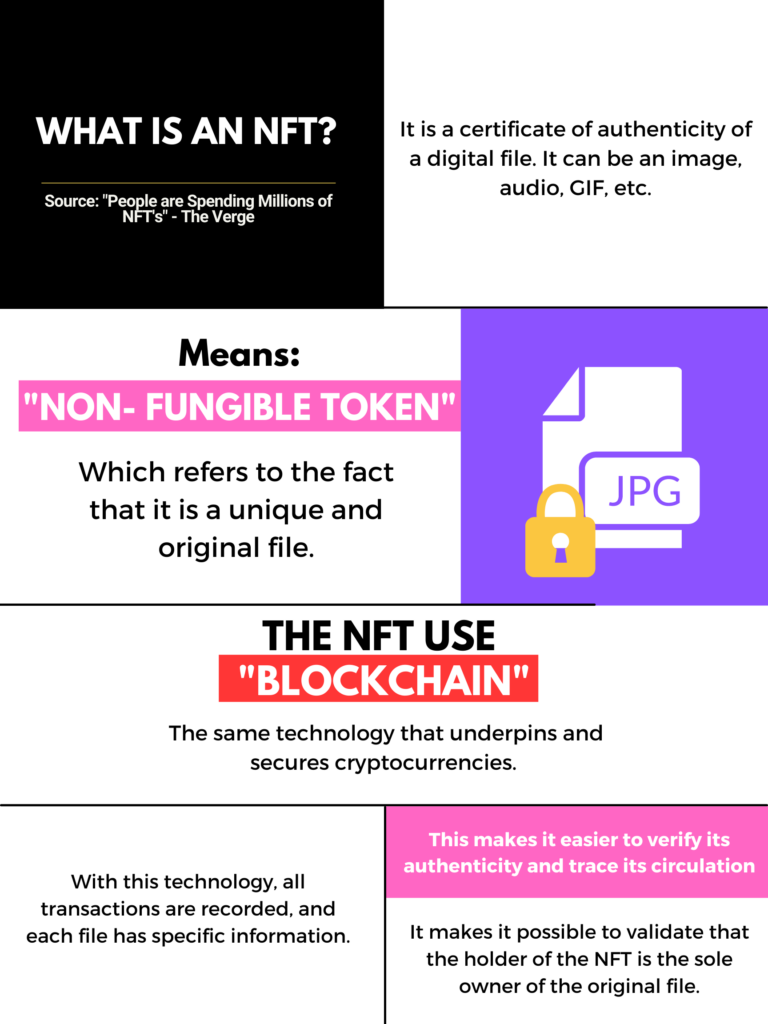
The blockchain is also used as collateral for cryptocurrencies such as Bitcoin, Cash or Ethereum.
Spanish artist Vicente Molina Pardo comments that the advent of crypto-art has been a “possible solution” to technical reproducibility. “Since the appearance of photography, the work of art is susceptible to being reproduced, and it is even more so with the arrival of the digital era where it is reproduced to obscene levels. This is a clever way of making an object unique,” he said.
However, the Spanish artist says that although for the art world, this means another way of making a work unique and earning money from it, he does not fail to recognise the importance of an original physical piece.
“But, unfortunately, painting, plastics and brushstrokes are not the same as seeing a set of pixels,” Molina commented.
Change in the traditional art market
This new art form is transforming the traditional market by leaps and bounds. According to the data portal Cryptoart, these are the top 5 best-selling crypto artists:
1. Pak
The artist has sold 66,319 digital artworks worth 93,301.254 ETH (Ethereum), or $355,963,853.62.
METARIFT
Artist(s): Pak
2. Beeple
It has the most valuable crypto-art gallery on the market. Its collection gathers a total of 1,351 works, with which it has earned more than 55,394,303 ETH, representing some $174,692,041.75.
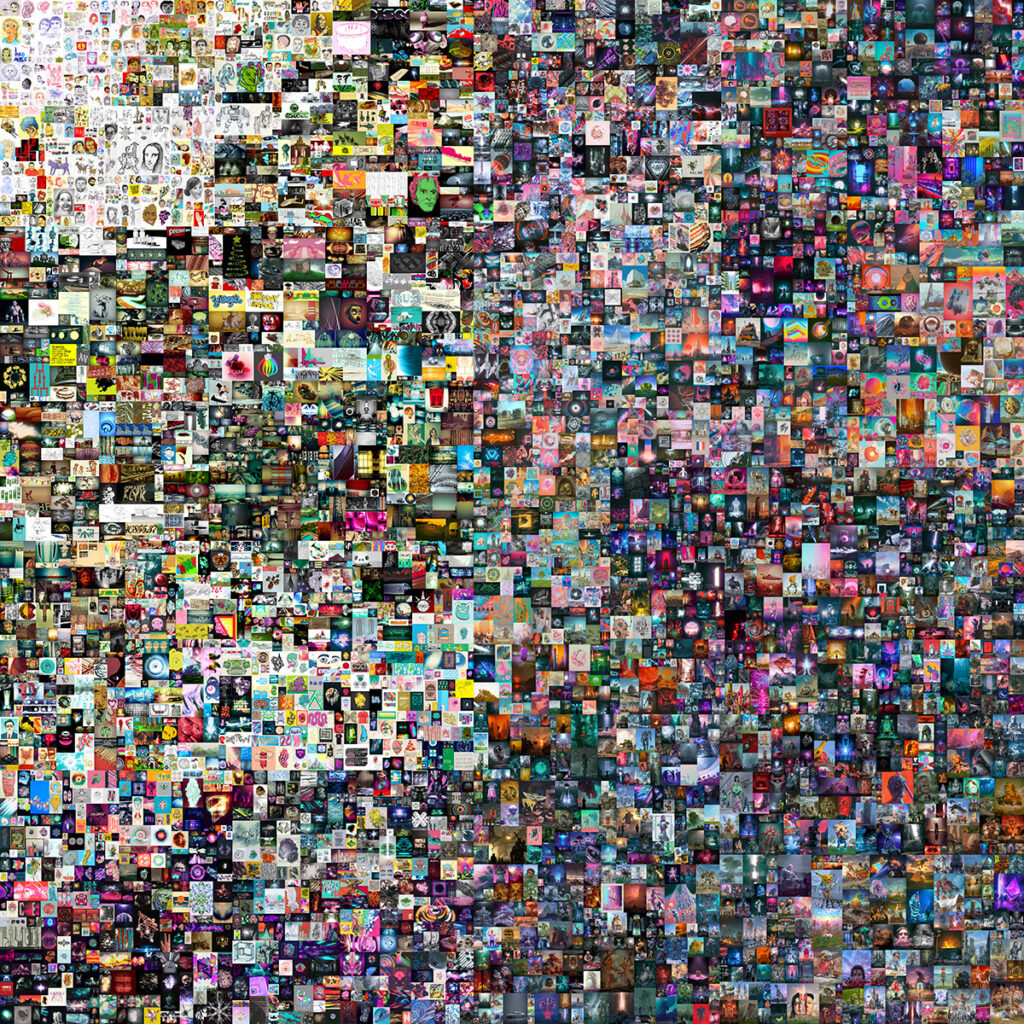
EVERYDAYS: THE FIRST 5000 DAYS
Artist(s): beeple
3. Xcopy
TXCOPY is a London-based crypto artist. His continued success on various crypto-art platforms has led him to become a legendary figure in this space. He has sold 1,916 digital artworks, raising a total of 15,190,500 ETH. This equates to approximately $57,935,655.37.
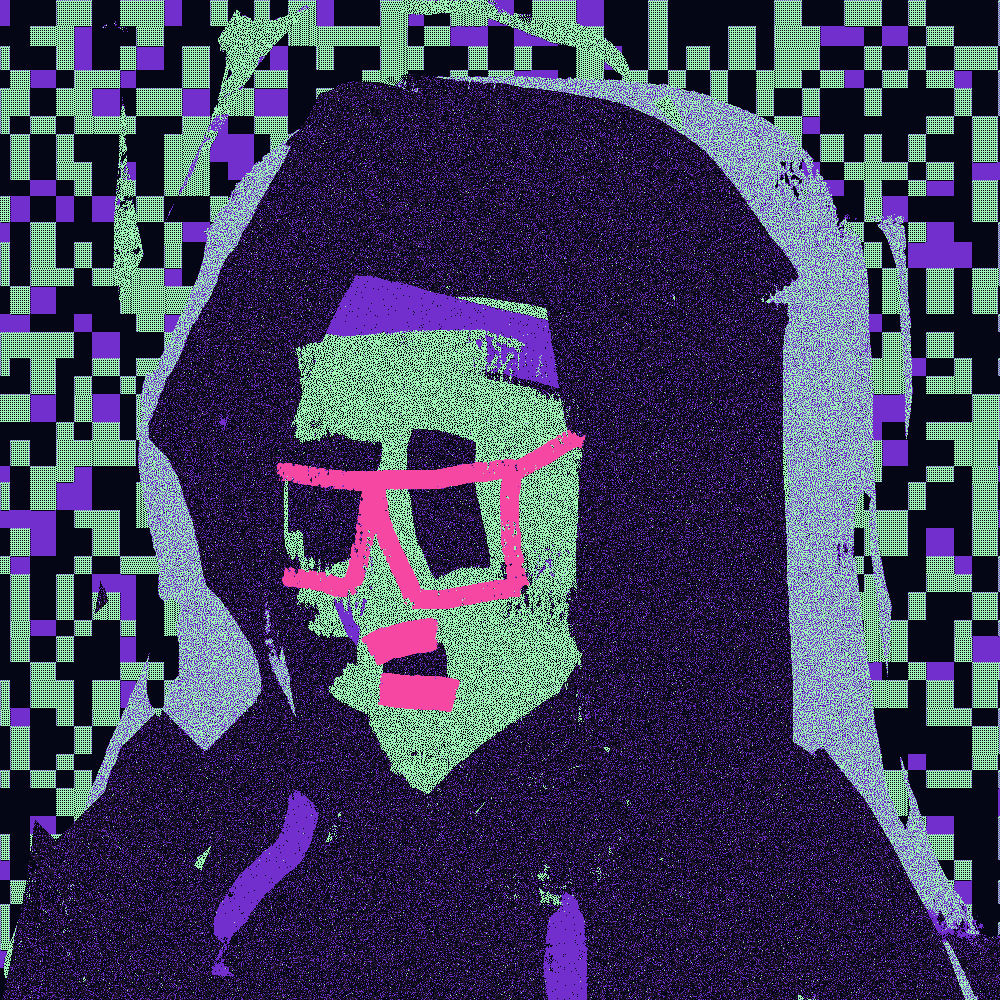
RIGHT-CLICK AND SAVE AS GUY
Why would I buy it when I can right click and save as?
Artist(s): xcopy
4. Hackatao
The artist duo, Sergio and Nadia, have sold 2,282 works for 8,591.755 ETH, equivalent to $32,918,104.57. They are also considered pioneers of crypto-art.
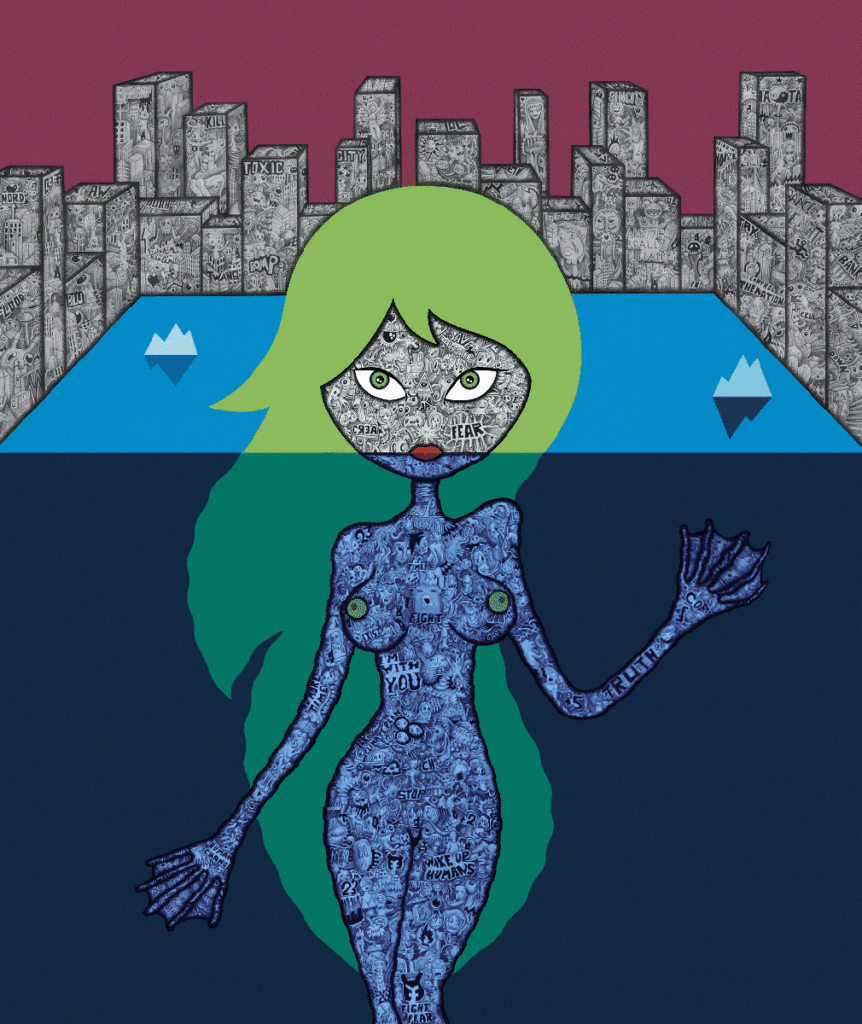
FLOOD
Artist(s): hackatao
5. Fewocious
This artist has sold a total of 3,104 digital works, earning 7,066,264 ETH, which is $27,073,403.03.

NICE TO MEET YOU, I’M MR. MISUNDERSTOOD
Artist(s): fewocious
NFTs: Revolution for art or financial capitalism?
Despite the benefit of authenticity verification provided by NFTs, a problem arises at the same time: An NFT can be any part of the internet. From digital works to tweets or a meme. Moreover, crypto-art is only sold in cryptocurrencies. Also, currently CryptoArt’s total market cap: $1,497,666,447.26 (398,101,671 ETH).
Jack Dorsey, co-founder and CEO of Twitter, sold the first tweet posted for 1,630.6 ETH, which is equivalent to approximately USD 2.9 million.
just setting up my twttr
— jack⚡️ (@jack) March 21, 2006
Tina Zerega, a research professor, commented that crypto-art merges with financial capitalism due to the close relationship with cryptocurrencies, this being the beginning of the economy with digital currencies.
Zerega adds that, throughout the development of the digital era, many of the processes in which human beings are involved, education, interpersonal relationships, art, among others, began to approach the dynamics of consumer capitalism.
“Art was made precisely to subvert the social, the norm or the established (…) when it begins to form part of these economic bubbles, all of the above is set aside. That is to say, it is the idea of art as an object of consumption and finally placed within the rules of financial capitalism”, concludes Zerega.


